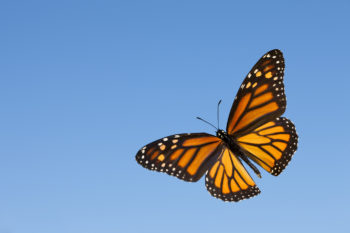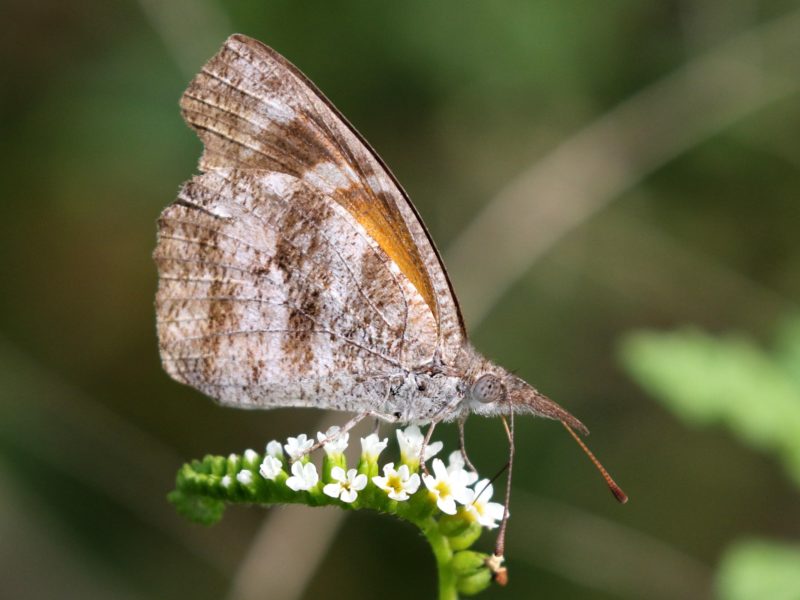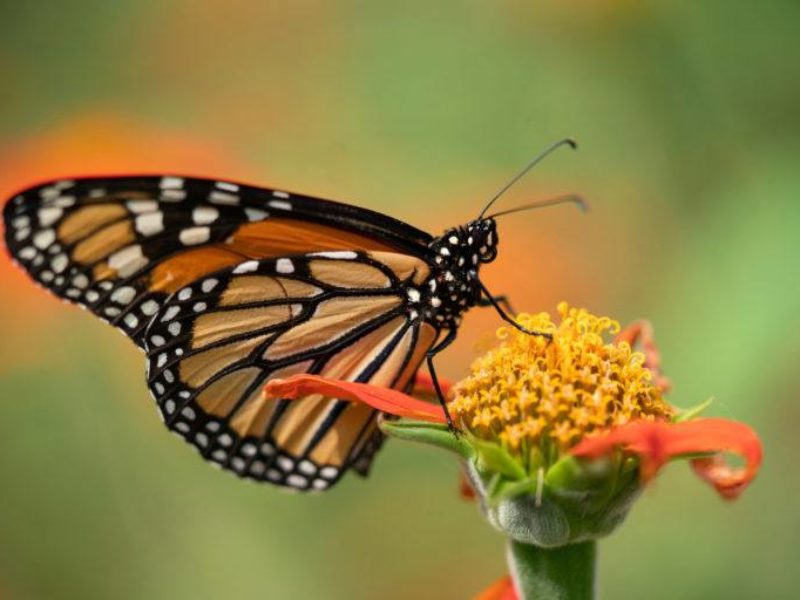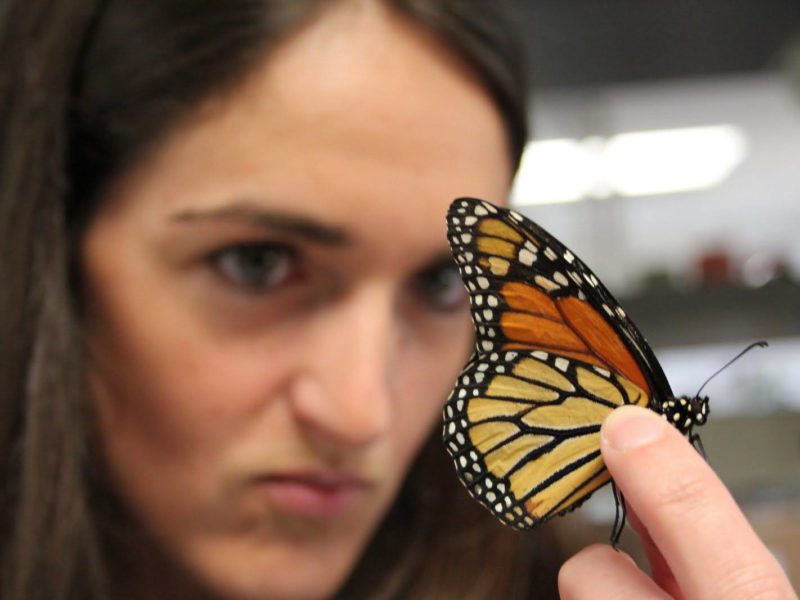Monarch Butterfly Numbers Down Again

Monarch butterflies are already being spotted in numerous Texas locations as they travel from overwintering grounds in Mexico, but numbers appear to be down significantly — from 300 million last year to about 141.5 million this year — said a Texas A&M University professor.
Craig Wilson, director of the USDA Future Scientists Program, senior research associate in the Center for Mathematics and Science Education and a longtime butterfly enthusiast, said the Monarchs are in Texas at least three weeks earlier than the traditional Spring Equinox departure date due to warmer-than-normal temperatures in Mexico.
“On Wednesday, March 11 I spotted the first arrival from the state of Michoacan, Mexico,” Wilson said. “It was a female with very faded wings, so she likely migrated through this area last October heading to Mexico. She appeared desperate to lay eggs on milkweed but only a few tiny leaves are emerging.”
Wilson said that milkweed, the plant that is essential for monarch caterpillars for their food supply, appears to be in short supply in Central Texas. Monarchs overwinter and mate as they head north out of Mexico and into Texas, and then have three more generations as they travel north to Canada.
“The state of Texas is always critical for them as they pass through here on their way north and lay eggs,” he said.
Wilson added that the mayors of both Bryan and College Station have signed the National Wildlife Federation’s (NWF) Mayors’ Monarch Pledge. U.S. cities, municipalities and other communities are committing to create habitat for the monarch butterfly and pollinators, and educate citizens about how they can make a difference at home and in their community.
“It is critical that citizens plant milkweeds in their gardens to make them ‘Monarch friendly’ in the spring along with pollinator plants like lantana and verbena for both spring and fall feeding by adult Monarchs,” he said.
Wilson said that to support the Monarch migration, citizens should plant milkweed for the Monarchs to lay eggs, plant nectar plants for the adult Monarchs to feed and refrain from using insecticides and herbicides on their property.
Media contacts:
- Keith Randall, 979-845-4644, keith-randall@tamu.edu.
- Craig Wilson, 512-636-9031, cwilson@science.tamu.edu.





